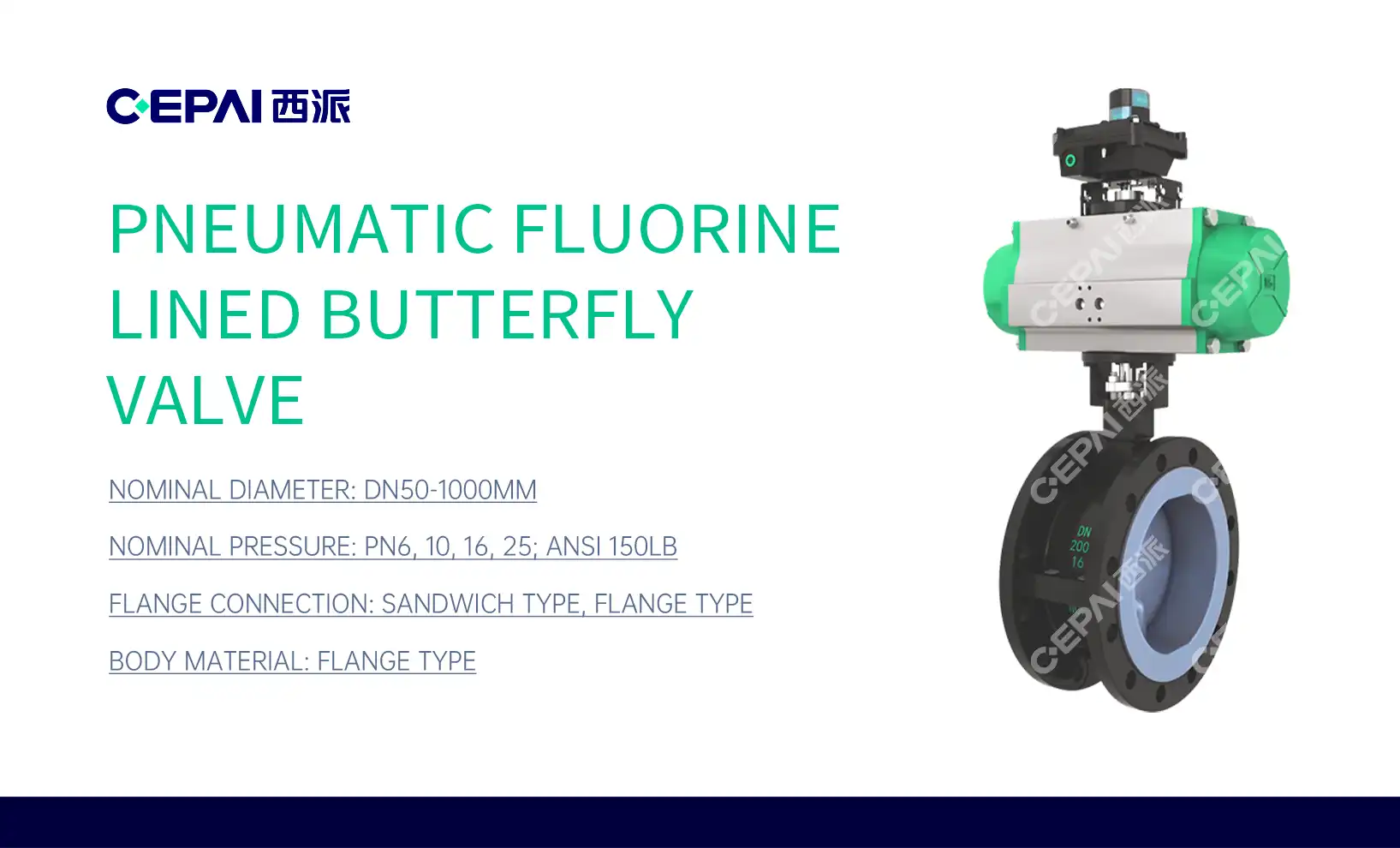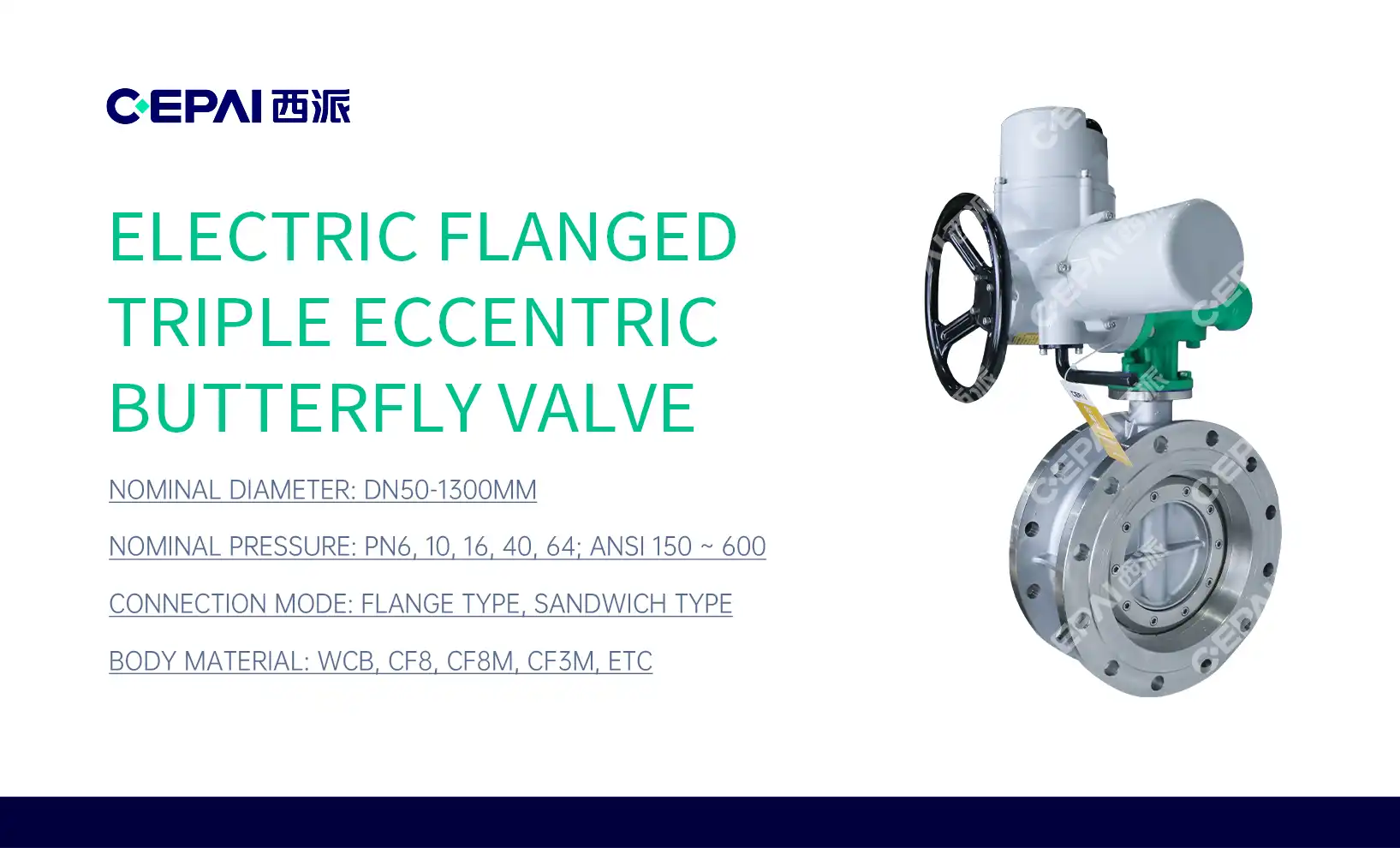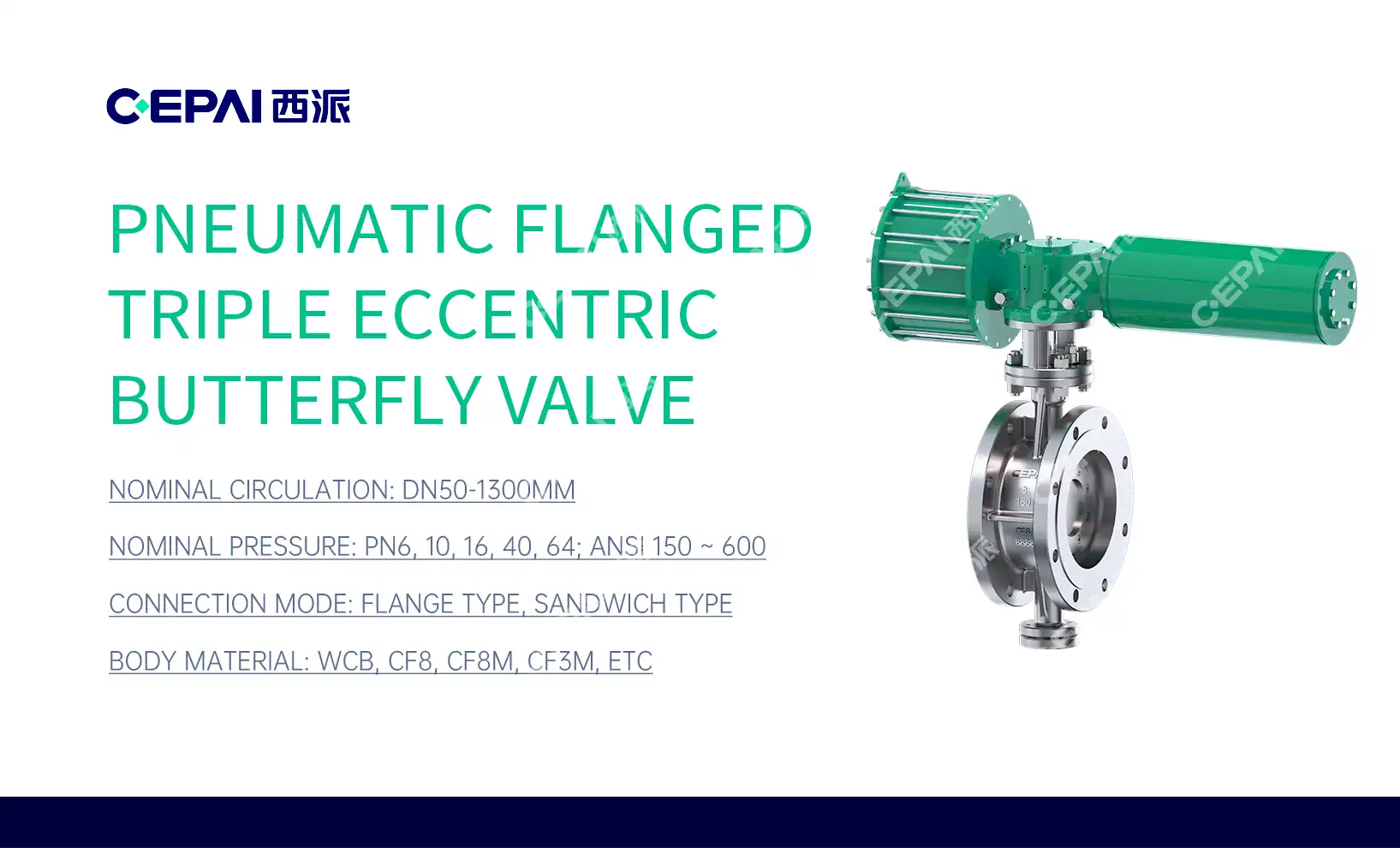Design and Operational Principles
Gate Valve Mechanics
Gate valves operate on a simple yet effective principle. A flat or wedge-shaped gate moves perpendicular to the flow, either allowing or blocking the passage of fluid. When fully open, gate valves provide minimal obstruction, resulting in low pressure drop and high flow capacity. The sealing mechanism typically involves metal-to-metal contact between the gate and valve body, ensuring a tight seal when closed. This design makes gate valves particularly suitable for applications requiring infrequent operation and full bore flow.
Butterfly Valve Functionality
Butterfly valves employ a different approach to flow control. A circular disc, pivoted on a shaft, rotates within the valve body to regulate flow. When fully open, the disc aligns with the flow, offering relatively low resistance. The quarter-turn operation of butterfly valves allows for quick opening and closing, making them ideal for frequent use. The sealing is achieved through contact between the disc edge and a flexible seal ring, providing effective shut-off in most applications. This compact design makes butterfly valves a popular choice where space is limited.
Comparative Analysis
While both valve types serve the purpose of flow control, their operational differences lead to distinct advantages in specific scenarios. Gate valves excel in applications requiring minimal flow resistance when fully open and absolute shut-off when closed. Butterfly valves, with their quick operation and lighter weight, are often preferred in systems needing frequent adjustments or where rapid shut-off is critical. The choice between the two often depends on factors such as required flow characteristics, operating frequency, and installation space constraints.
Performance Characteristics and Applications
Flow Control Precision
Gate valves offer excellent shut-off capabilities but are less suitable for precise flow regulation. Their design allows for either full flow or complete closure, with limited control in between. Butterfly valves, conversely, provide more nuanced flow control. The disc's angle can be adjusted to achieve varying degrees of flow restriction, making butterfly valves more versatile in applications requiring throttling or modulation. This characteristic makes butterfly valves particularly useful in systems where flow rates need frequent adjustment.
Pressure and Temperature Considerations
Gate valves generally handle higher pressures and temperatures compared to butterfly valves. Their robust construction and metal-to-metal sealing allow them to withstand extreme conditions often found in high-pressure pipelines or steam systems. Butterfly valves, while capable of handling moderate pressures, are more limited in their pressure and temperature ranges due to the materials used in their sealing components. However, advancements in materials technology have expanded the operational range of butterfly valves, making them suitable for an increasing number of applications.

Industry-Specific Applications
Different industries favor certain valve types based on their specific requirements. Oil and gas pipelines often utilize gate valves for their ability to handle high pressures and provide full bore flow. Water treatment plants frequently employ butterfly valves for their quick operation and good throttling capabilities. In the chemical industry, the choice between gate and butterfly valves depends on the corrosiveness of the media and the required flow characteristics. HVAC systems commonly use butterfly valves for their compact size and ease of installation. Understanding these industry preferences helps in selecting the most appropriate valve for a given application.
Maintenance, Lifespan, and Cost Considerations
Maintenance Requirements
Gate valves typically require more extensive maintenance compared to butterfly valves. The sliding action of the gate can lead to wear over time, potentially causing leakage. Regular inspection and lubrication of the stem and gate are necessary to ensure smooth operation and prevent seizing. Butterfly valves, with their simpler design and fewer moving parts, generally require less maintenance. However, the integrity of the seal ring is crucial and may need periodic inspection or replacement to maintain effective sealing.
Lifespan and Durability
The lifespan of valves depends on various factors, including material quality, operating conditions, and maintenance practices. Gate valves, particularly those made of durable materials like stainless steel, can have a long operational life, especially in applications with infrequent cycling. Butterfly valves, while generally durable, may have a shorter lifespan in applications involving frequent operation due to potential wear on the disc and seal. However, modern butterfly valve designs have significantly improved their durability, narrowing the gap with gate valves in terms of longevity.

Cost Analysis
Initial costs for gate valves are often higher than those for butterfly valves, particularly in larger sizes. The complex construction and materials used in gate valves contribute to their higher price point. Butterfly valves, with their simpler design and lighter weight, are generally more cost-effective, especially in applications requiring larger valve sizes. However, when considering long-term costs, factors such as maintenance requirements, energy efficiency, and potential downtime for repairs should be taken into account. In some cases, the higher initial investment in a gate valve may be offset by lower maintenance costs and longer operational life.
Conclusion
The choice between gate valves and butterfly valves for industrial flow control depends on a complex interplay of factors including application requirements, operational conditions, and cost considerations. Gate valves excel in high-pressure, full-flow applications where absolute shut-off is critical. Butterfly valves offer advantages in scenarios requiring frequent operation, precise flow control, and space-efficient installation. As technology advances, the performance gap between these valve types continues to narrow, offering engineers and system designers more versatile options. Ultimately, the optimal choice relies on a thorough understanding of the specific application needs and a careful evaluation of each valve type's strengths and limitations.
FAQs
1. Which valve type is better for high-pressure applications?
Gate valves are generally preferred for high-pressure applications due to their robust construction and excellent sealing capabilities.
2. Are butterfly valves suitable for precise flow control?
Yes, butterfly valves excel in applications requiring precise flow control or throttling due to their adjustable disc position.
3. Which valve type requires less maintenance?
Butterfly valves typically require less maintenance due to their simpler design and fewer moving parts compared to gate valves.
Advanced Valve Solutions for Industrial Flow Control | CEPAI
CEPAI Group Co., Ltd. leads the industry with cutting-edge valve technology, offering both gate and butterfly valves engineered for optimal performance. Our state-of-the-art manufacturing facility, equipped with the longest high-precision intelligent production line in Asia Pacific, ensures unparalleled quality and innovation. For expert guidance on selecting the ideal valve solution for your specific industrial flow control needs, contact us at cepai@cepai.com.

References
Smith, J. (2022). Industrial Valve Selection: A Comprehensive Guide. Journal of Flow Control Technology, 45(3), 112-128.
Johnson, A. & Brown, M. (2021). Comparative Analysis of Gate and Butterfly Valves in High-Pressure Systems. International Journal of Valve Engineering, 18(2), 75-92.
Lee, S. et al. (2023). Advancements in Butterfly Valve Design for Improved Performance in Extreme Conditions. Engineering Innovations Quarterly, 7(1), 29-44.
Williams, R. (2020). Maintenance Strategies for Industrial Valves: A Cost-Benefit Analysis. Industrial Maintenance & Plant Operation, 33(4), 201-215.
Chen, H. & Davis, K. (2022). The Impact of Valve Selection on Energy Efficiency in Process Industries. Energy Engineering Review, 12(2), 88-103.
Taylor, E. (2021). Materials Science in Valve Manufacturing: Pushing the Boundaries of Performance. Advanced Materials for Industrial Applications, 29(3), 155-170.





